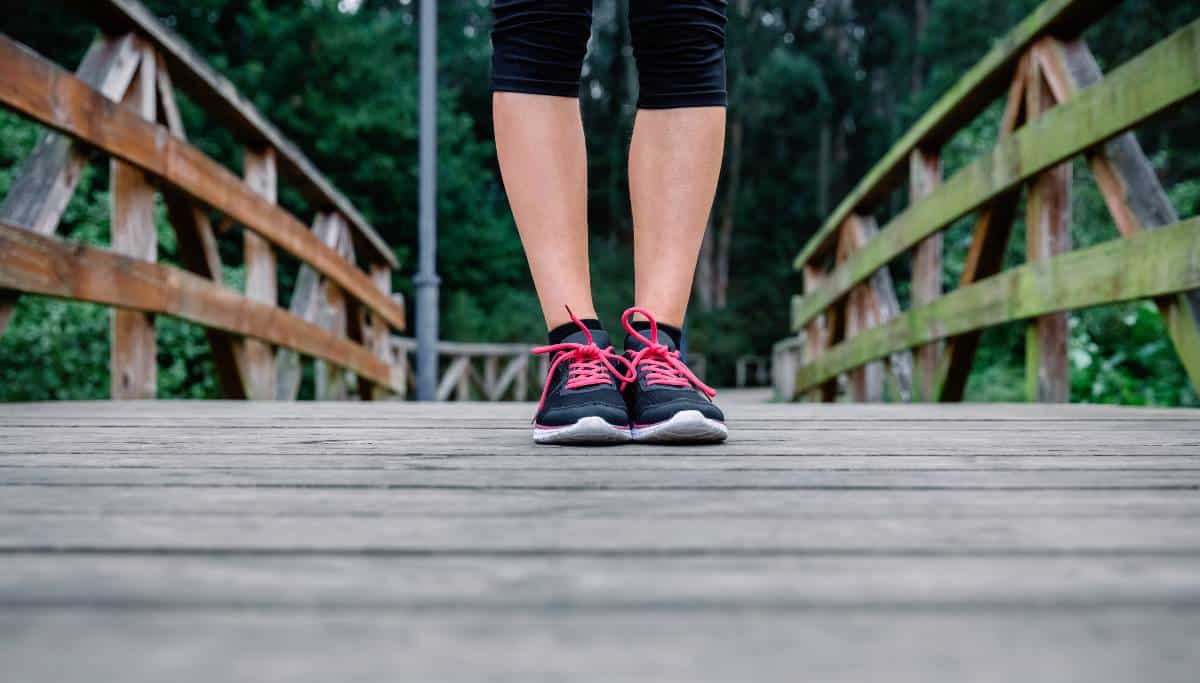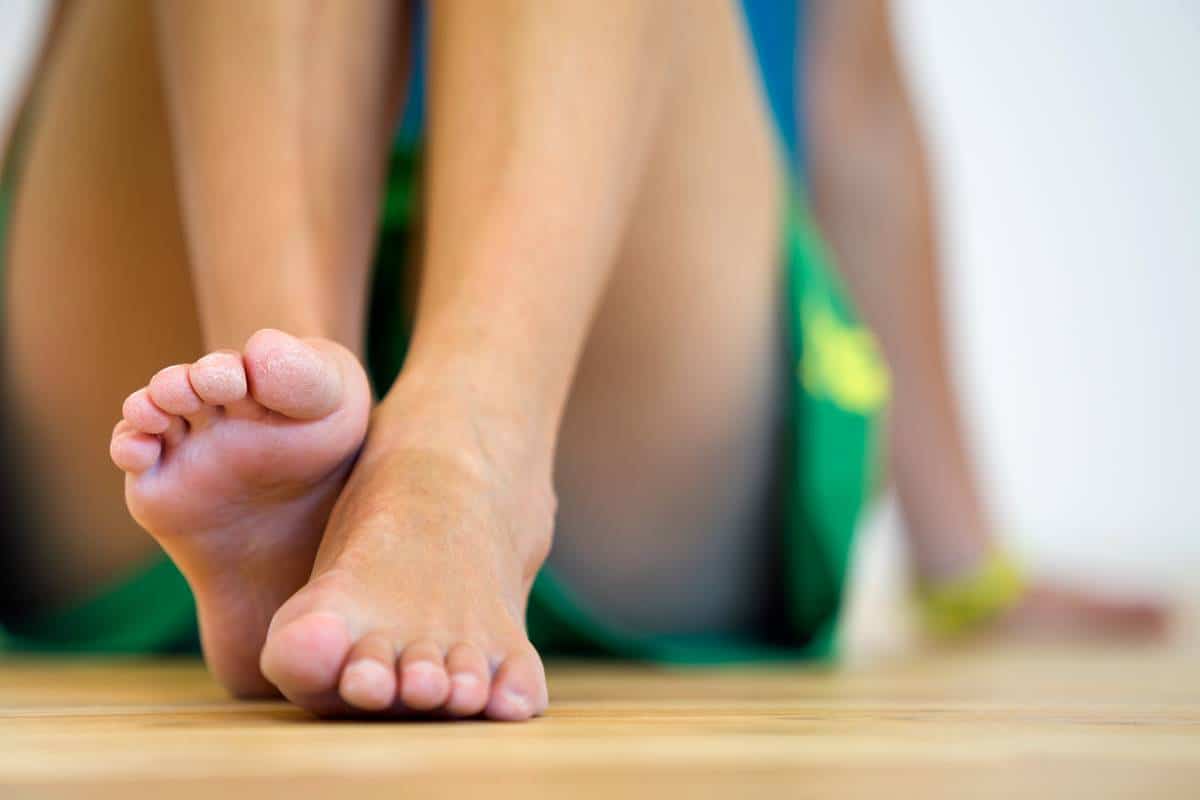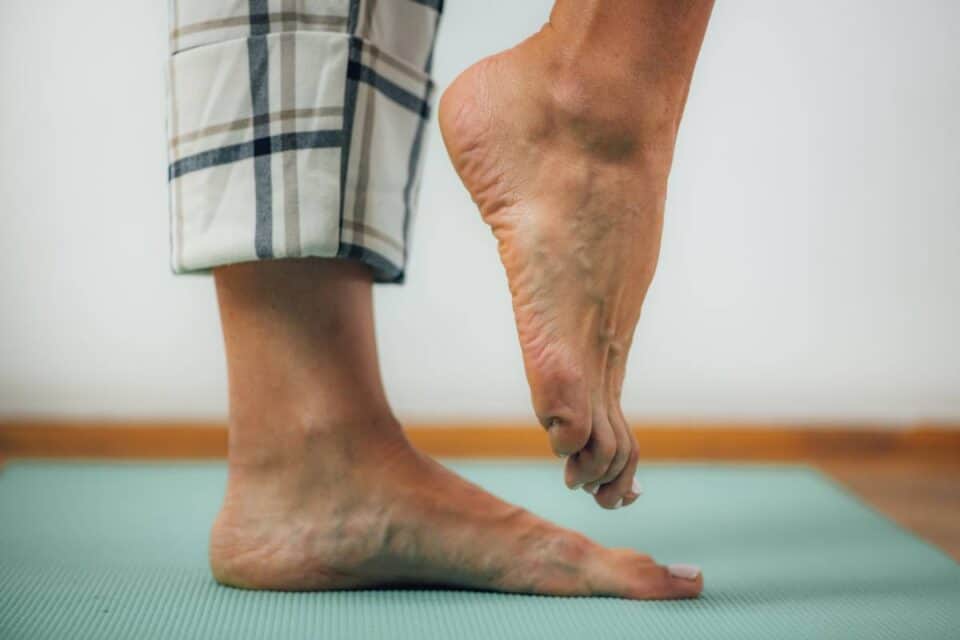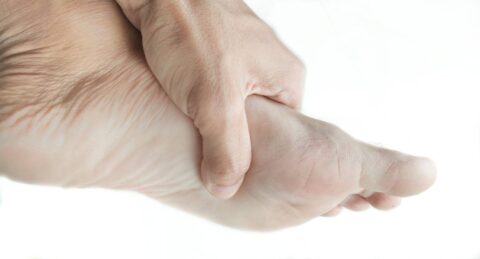Living with foot neuropathy can be challenging, but movement is a powerful tool for managing symptoms. As a chiropractor, I’ve seen patients transform their lives by embracing the right kind of exercise. In this guide, we’ll explore safe, effective ways to stay active with neuropathy, helping you regain control and improve your quality of life.
Key Takeaways
- Exercise is crucial for managing foot neuropathy, improving circulation, and reducing pain
- Low-impact activities like walking, swimming, and cycling are safest for neuropathy patients, especially when keeping the foot flat on the floor.
- Proper footwear, gradual progression, and professional guidance are essential for safe exercise
Understanding Foot Neuropathy and Exercise
Foot neuropathy is a condition characterized by damage to the nerves in the feet, often resulting in numbness, tingling, or burning pain. While it may seem counterintuitive, exercise plays a crucial role in managing neuropathy symptoms.
Regular physical activity improves blood circulation significantly through regular aerobic exercise, which is crucial for managing peripheral neuropathy. It can be particularly beneficial for those with diabetic neuropathy.
1Blood circulation, enhances muscle strength exercise can even help manage pain associated with peripheral neuropathy. It’s not just about addressing the symptoms in your feet; it’s about improving your overall health and well-being.
Precision Healing with Summus Class IV Laser
Experience targeted pain relief with our advanced Summus Class IV Laser Therapy. Discover how this cutting-edge treatment could accelerate your healing process.
The Benefits of Staying Active
For neuropathy patients, exercise is a powerful tool in your health arsenal. Improved blood circulation acts like a revitalizing force for your nervous system, bringing essential nutrients to your nerves.
Enhanced blood circulation and mobility are key benefits of maintaining an active lifestyle for those with diabetic neuropathy.
Muscle strength provides better support for your feet, reducing the strain on affected nerves. Better balance and coordination, which come with regular exercise, can significantly reduce your risk of falls – a common concern for those with foot neuropathy.2
Moreover, exercise can act as a natural pain management technique. The release of endorphins during physical activity can help alleviate discomfort. Beyond these direct benefits, regular exercise, which is one of the most effective natural treatments for neuropathy, contributes to overall health improvements, from better sleep quality to enhanced mood and mental well-being.

Safe and Effective Exercises for Neuropathy Patients
When you’re dealing with foot neuropathy, jumping into a high-impact workout isn’t just uncomfortable—it could be downright risky. But don’t worry, there’s still a world of safe, effective exercises waiting for you. Let’s explore some options that’ll keep you moving without putting your feet through the wringer.
Walking: Your Gateway to Fitness
Think of walking as your entry ticket to the world of exercise. It’s simple, accessible, and remarkably effective. Start small—even a stroll around your living room counts. As you build confidence and strength, gradually extend your routes. Before you know it, you might be power-walking around the neighborhood!
Make a Splash with Water Workouts
If walking feels like too much pressure on your feet, why not take a dip? Swimming and water aerobics are like a vacation for your feet. The water’s buoyancy takes the weight off, while still providing enough resistance to give you a solid workout. Plus, who doesn’t love feeling weightless for a while?
Pedal Your Way to Health
Stationary cycling is another gem in the low-impact crown. It’s like taking your feet on a carnival ride—lots of movement, but no pounding on the pavement. You’ll get your heart pumping without your feet taking a beating.
Strength in Simplicity
Don’t overlook the power of simple movements. Calf raises and gentle ankle rotations might seem basic, but they’re superheroes for foot strength and flexibility. If balance is a concern, no worries—grab onto a chair or countertop for support. Safety first, always!
Stretch for Success
Flexibility isn’t just for yoga enthusiasts. Gentle stretching or modified yoga can work wonders for joint health and prevent the dreaded stiffness that often accompanies neuropathy. 3Think of it as giving your body a gentle wake-up call each day.
Balance: The Unsung Hero
Last but not least, let’s talk about balance. Exercises like heel-to-toe walking or supported single-leg stands might make you feel like a tightrope walker at first. But stick with it—these moves are crucial for improving your proprioception, fancy talk for your body’s ability to know where it is in space. It’s like GPS for your body!
The key to success with any of these exercises is to start slow and listen to your body. What feels right today might be too much tomorrow, and that’s okay. Your journey with neuropathy is unique, and so should your approach to exercise. Keep at it, celebrate the small victories, and don’t hesitate to reach out to a healthcare professional if you need guidance. Your feet—and the rest of you—will thank you for it!
Creating a Safe Exercise Routine
When it comes to exercising with foot neuropathy, safety isn’t just a priority—it’s the cornerstone of your entire routine. Before you lace up those shoes, let’s chat about creating a game plan that works for you.
First things first: team up with your healthcare providers. They’re your coaches in this journey, helping you design a personalized exercise plan that takes into account your specific neuropathy symptoms and overall health. Remember, what works for your neighbor might not be the best fit for you.
Now, let’s talk about one of the most crucial pieces of equipment in your arsenal: your shoes. As I mentioned in my article, “The Right Shoes for a Healthier You: A Chiropractor’s Perspective,” proper footwear can make or break your exercise experience—especially when dealing with neuropathy.
Look for shoes with two key features: a zero drop and a wide-toe box. Zero drop means the heel and forefoot are at the same height, promoting a more natural foot position. A wide toe box gives your toes room to spread out, improving balance and reducing the risk of common foot problems. Brands like Xero Shoes and Altra have been game-changers for many of my patients.
When you’re starting out, think “slow and steady.” Gradually increase the intensity and duration of your exercises over time. It’s like slowly turning up the volume instead of blasting the music at full volume right away. This approach allows your body to adapt and reduces the risk of injury.
Don’t forget the bookends of your workout: the warm-up and cool-down. These aren’t just formalities—they’re crucial for preparing your body for activity and helping it recover afterward. Think of them as the opening and closing ceremonies of your personal fitness Olympics. Especially during the cool down is a good time to foam roll those tight muscles.
Above all, become a good listener—to your body, that is. If you experience increased pain or discomfort, it’s your body’s way of waving a yellow flag. Slow down, adjust your routine, or check in with your healthcare provider. There’s no shame in taking a detour on your fitness journey if it means arriving at your destination safely.

Complementary Therapies and Lifestyle Factors
Let’s face it, managing foot neuropathy isn’t just about hitting the gym or taking a daily walk. While exercise is crucial, it’s just one piece of the puzzle. Think of it as part of a team working together to keep you feeling your best.
First up, consider physical or occupational therapy. These specialists are like personal trainers for your nerves and muscles. They can teach you targeted exercises and techniques that work wonders for managing those pesky neuropathy symptoms.
Now, let’s talk diet. You are what you eat, right? Well, your nerves are what you eat too. A balanced diet rich in nerve-loving nutrients can be a game-changer. It’s like giving your body the right fuel to keep everything running smoothly.4
Stress is another sneaky culprit that can make neuropathy symptoms worse. Ever notice how everything seems to hurt more when you’re stressed? That’s why techniques like meditation or even simple deep breathing exercises can be so helpful. They’re like a massage for your mind, helping to release that tension that can exacerbate your symptoms.
Don’t forget about sleep! It’s not just beauty rest – it’s repair time for your whole body, including those hard-working nerves. Aim for quality shut-eye to give your body the downtime it needs to heal and rejuvenate.5
The BodyFix: A Personalized Approach to Neuropathy Care
Living with neuropathy can feel like an uphill battle, but at The BodyFix in Mt. Pleasant, we believe in empowering you to take control of your health. Our innovative Laser Neuropathy Protocol is more than just a treatment – it’s a partnership in your journey towards better living.
We understand that neuropathy isn’t just about physical discomfort. It’s about the daily challenges, the missed opportunities, and the impact on your quality of life.
That’s why our approach goes beyond one-size-fits-all solutions. Whether you’re dealing with diabetic neuropathy or struggling with post-chemo side effects, we’re here to listen, understand, and tailor our care to your unique needs.
Our treatment plans blend time-tested techniques with cutting-edge technology. From gentle chiropractic adjustments to advanced Class IV Laser Therapy, each element is carefully chosen to support your body’s healing processes. We offer natural treatments for neuropathy that can help manage symptoms and improve quality of life. We might use traction to ease pressure on nerves, incorporate soft tissue techniques to improve circulation, or develop a custom rehabilitation plan to help you regain strength and balance.
We might use traction to ease pressure on nerves, incorporate soft tissue techniques to improve circulation, or develop a custom rehabilitation plan to help you regain strength and balance.
But what truly sets us apart is our commitment to you as a person, not just a patient. We take the time to explain each step of the process, celebrate your progress (no matter how small or big), and adjust our approach as your needs change. With The BodyFix, you’re not just receiving treatment – you’re gaining a dedicated partner in your journey towards better health.
Precision Healing with Summus Class IV Laser
Experience targeted pain relief with our advanced Summus Class IV Laser Therapy. Discover how this cutting-edge treatment could accelerate your healing process.
FAQs
How often should I exercise with foot neuropathy?
Is walking good for neuropathy in feet?
What are the best shoes for exercising with foot neuropathy?
Can swimming help relieve neuropathy symptoms in feet?
Is chiropractic treatment safe for neuropathy patients?
Conclusion
Living with foot neuropathy can feel like navigating a complex maze, but you’re not alone on this journey. As we’ve explored, exercise isn’t just a possibility—it’s a powerful ally in managing your symptoms and reclaiming your quality of life.
This isn’t about running marathons or lifting heavy weights. It’s about finding joy in movement again, celebrating the small victories, and gradually building strength and confidence. Whether it’s a gentle walk in the park, a few laps in the pool, or some simple stretches in your living room, every bit of activity is a step in the right direction.
Your path forward might have some bumps, and that’s okay. Some days will be easier than others, and progress might not always be linear. But with patience, persistence, and the right guidance, you can discover a new sense of freedom and control over your health.
Feeling unsure? Consider a consultation for a personalized plan. You’re stronger than you realize, and with the right guidance, you can reclaim control over your health. Let’s take this journey together.
Blog Disclaimer: The information provided on The BodyFix Chiro blog is for general informational and educational purposes only and is not intended as medical advice. These articles reflect our opinions and experiences but should not be used to diagnose or treat any health conditions. Always consult with your physician, chiropractor, or other qualified healthcare provider before starting any new treatment, exercise program, or making changes to your health routine. Any actions you take based on information from this blog are entirely at your own risk, and The BodyFix Chiro and its contributors disclaim any liability for the decisions you make based on this information.




